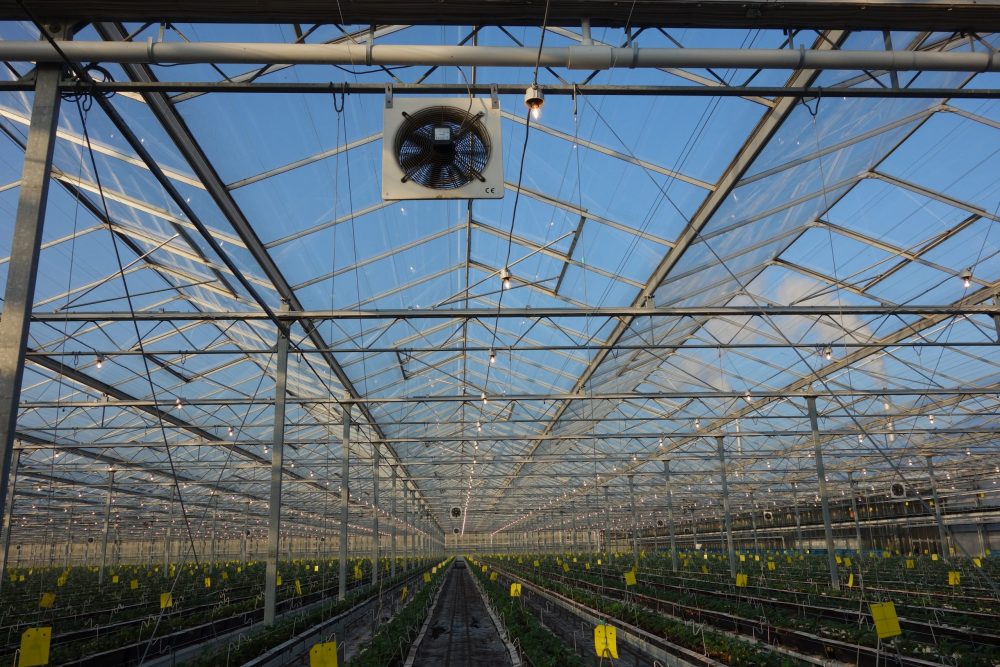-
How to use plant temperature
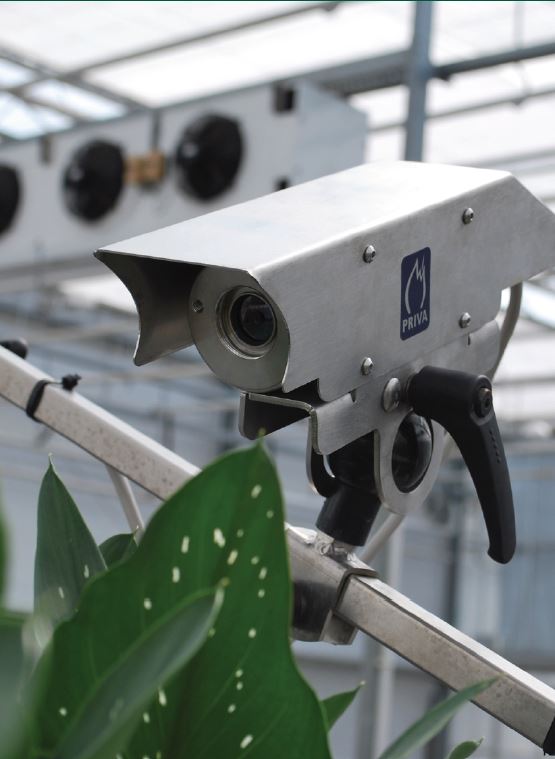
The aim is to make sure that the plant temperature is never lower than the dew-point of the air. You can take direct measurements from the plant or use a computer model to predict the temperature.
-
How to avoid condensation in the greenhouse
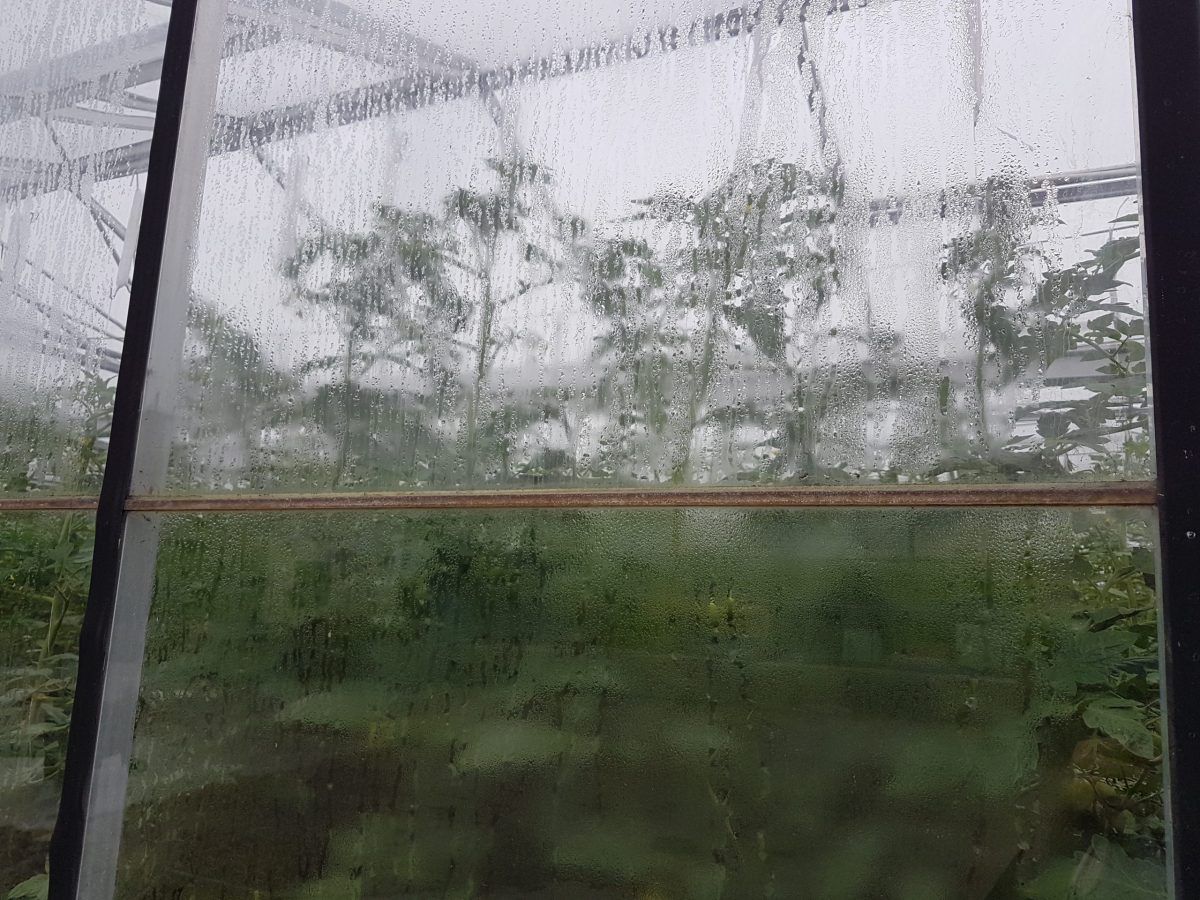
Find out how identify and manage the risk of condensation whatever your greenhouse crop.
-
How to improve light transmission in glasshouses
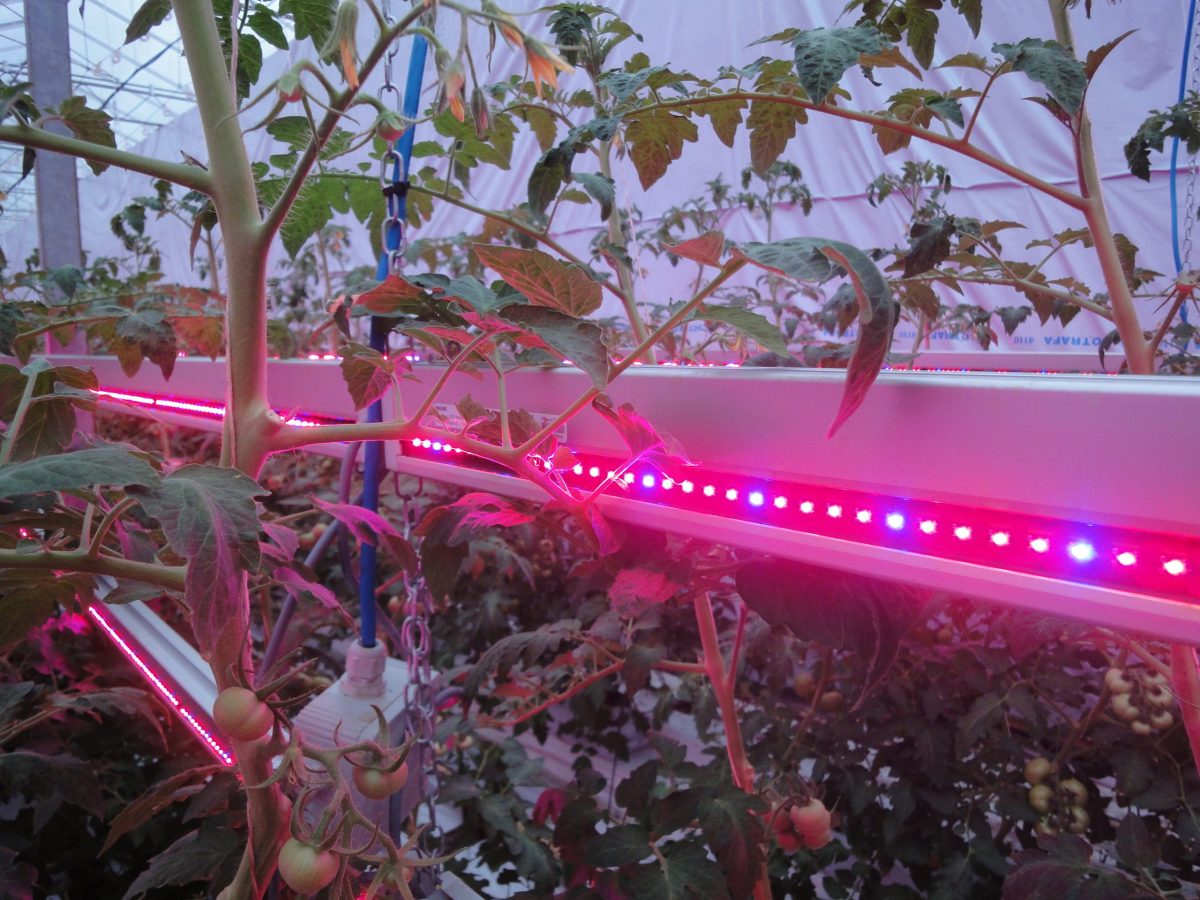
Find out the factors that influence light at crop level and the strategies that can be used to improve light transmission.
-
How to stop unnecessary venting in the greenhouse
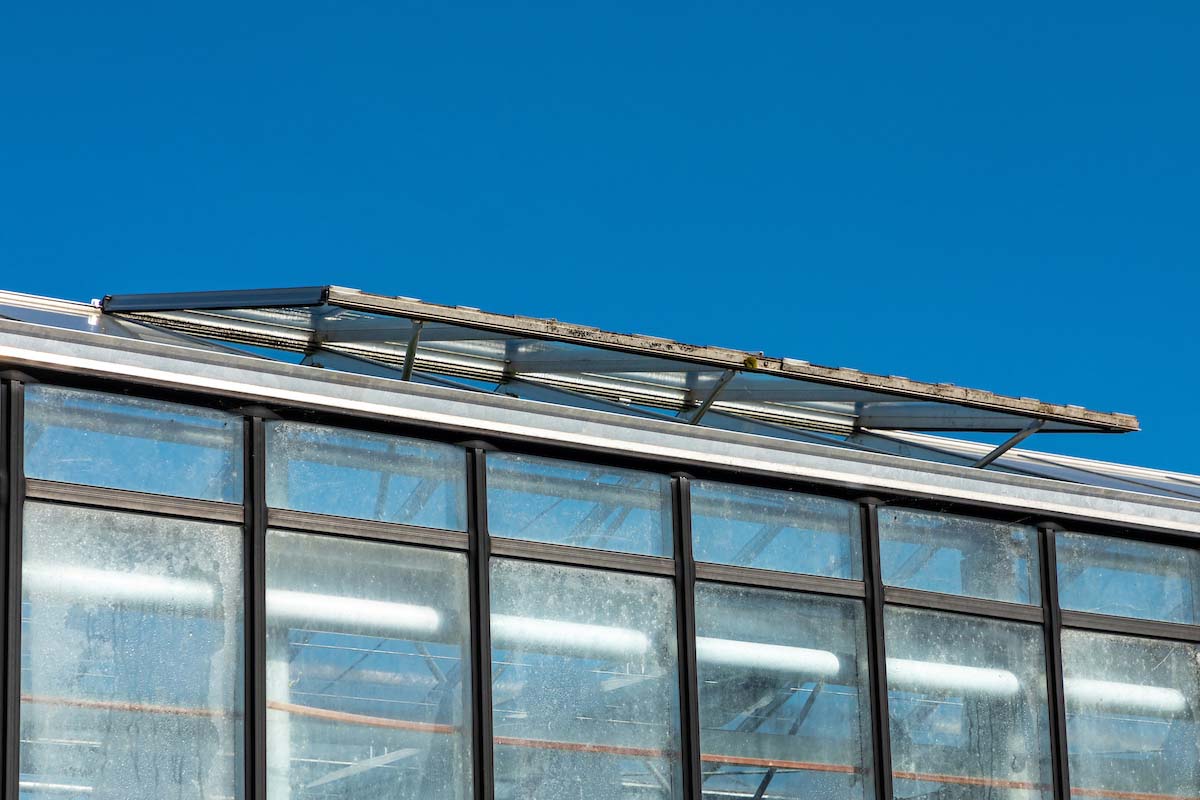
Practical actions to minimise ventilation whilst maintaining the humidity conditions you want.
-
Introduction to air circulation fans in greenhouses
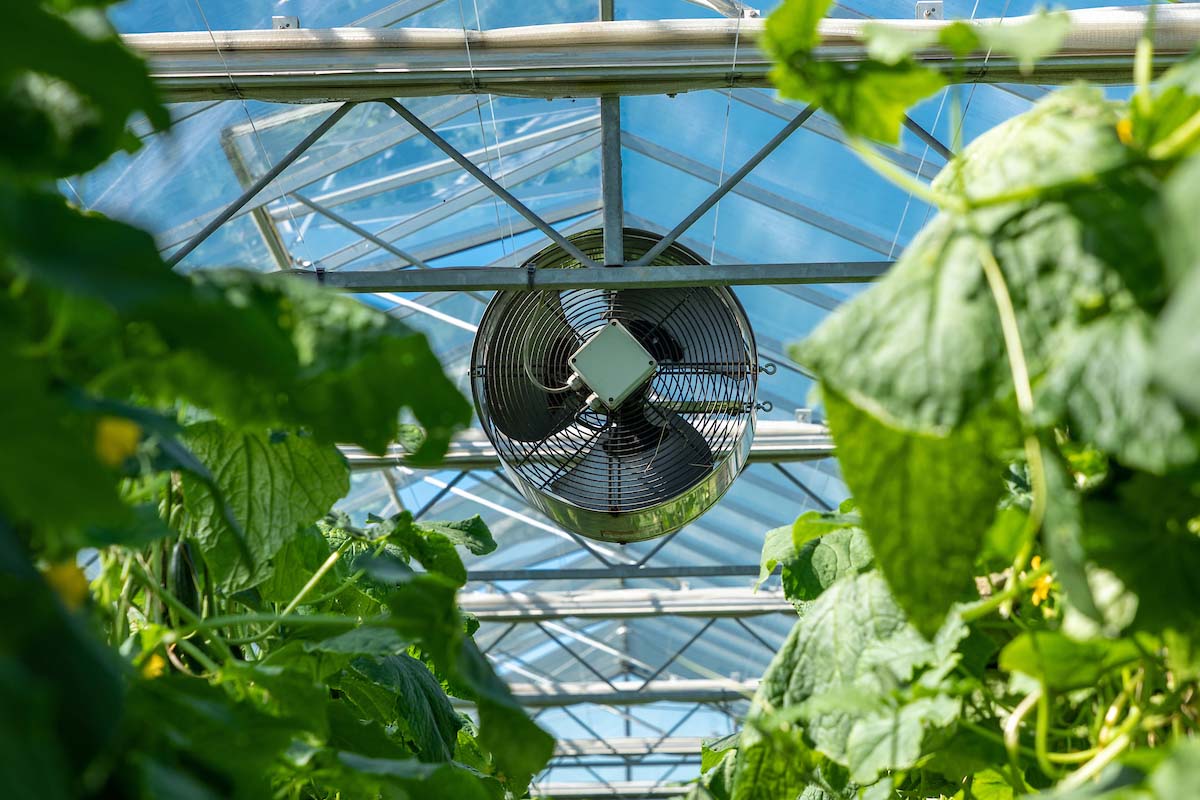
Learn about the different types of air circulation fan plus key aspects of fan energy efficiency, installation cost and payback.
-
What costs will you find on your electricity bill?
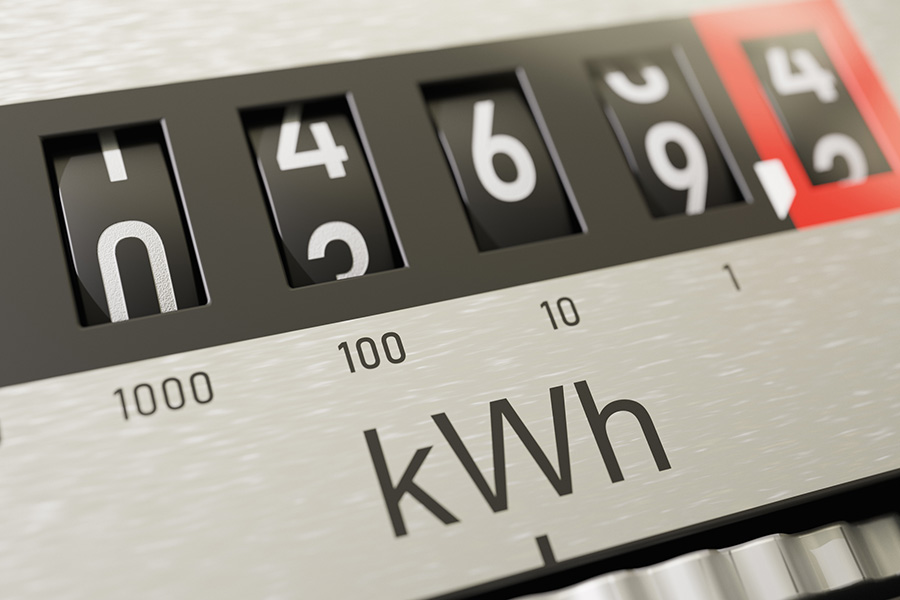
A look at the main types of cost you will find on your electricity bill, what they are and how they are billed.
-
Biomass Combined Heat and Power (CHP)
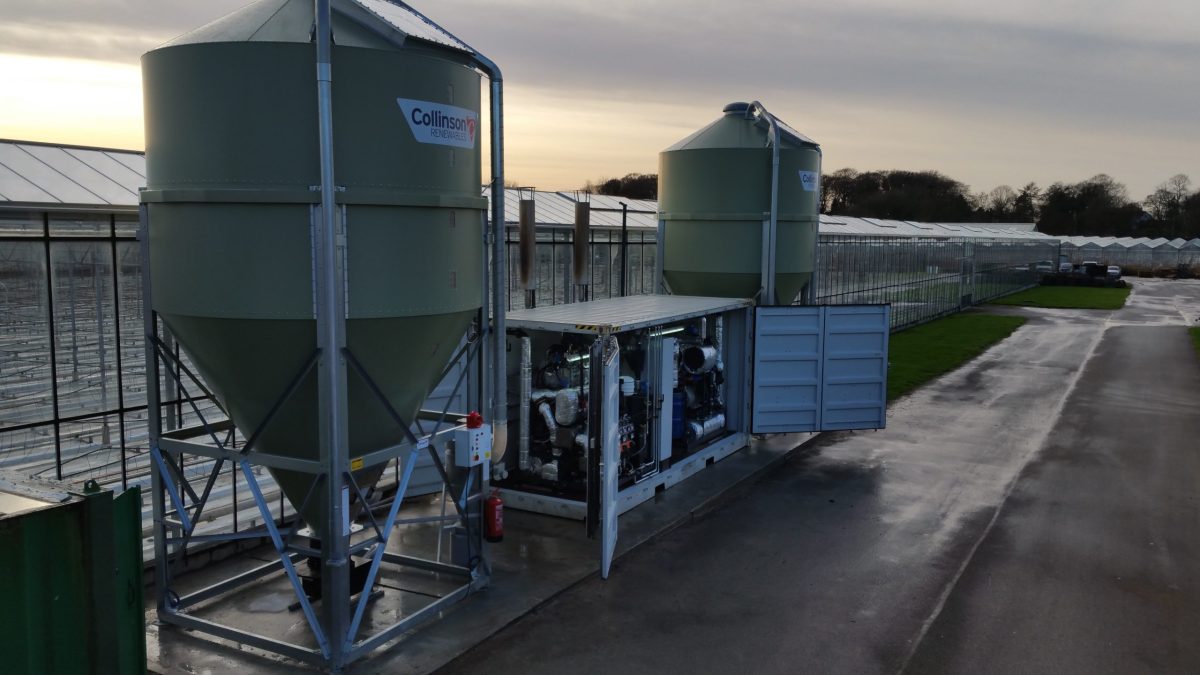
A detailed look at Biomass Combined Heat and Power (CHP), the three types of Biomass CHP boiler systems, the pros and cons of each, and the implications of Biomass CHP for CO2 enrichment.
-
How to choose and look after sensors in glasshouses

Sensors are fundamental to the effective control of the glasshouse environment. Learn what to look out for to avoid inaccurate measurements which can result in wasted energy and poor crop performance.
-
The basics of thermal storage for horticulture
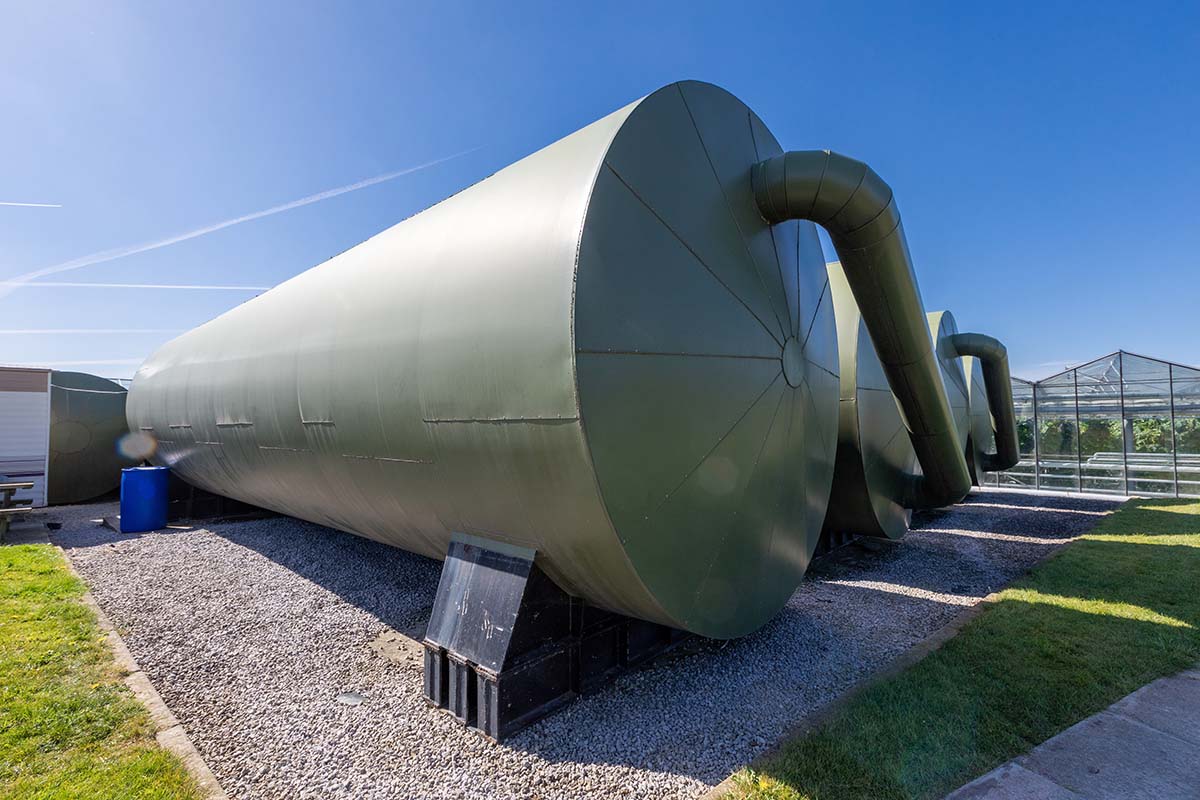
Thermal storage is the means of storing thermal energy (heat or cooling) so it can be used sometime after it is generated. Find out why you should use thermal storage and what storage medium is best.

